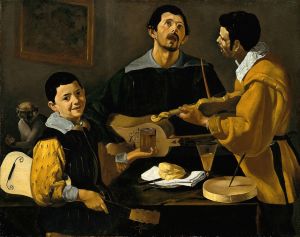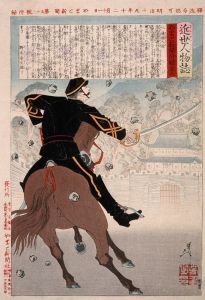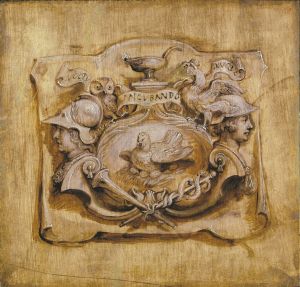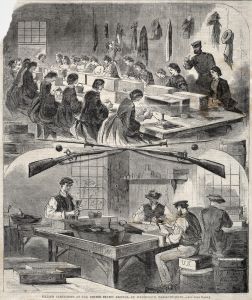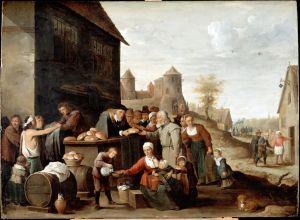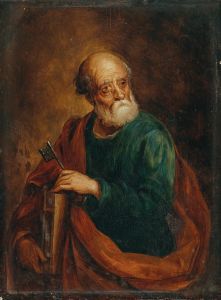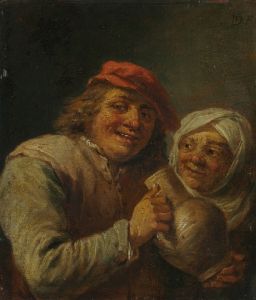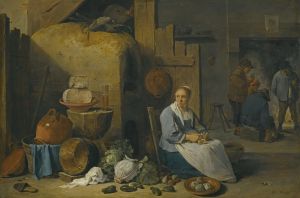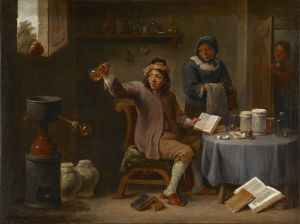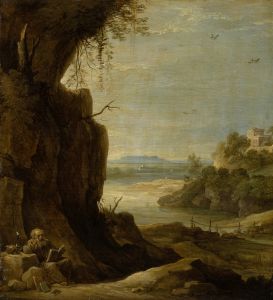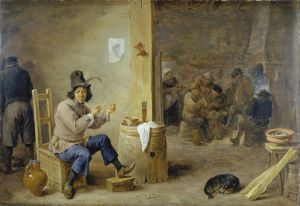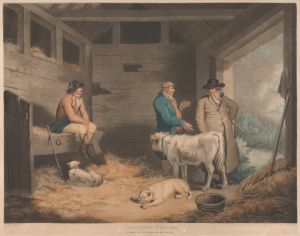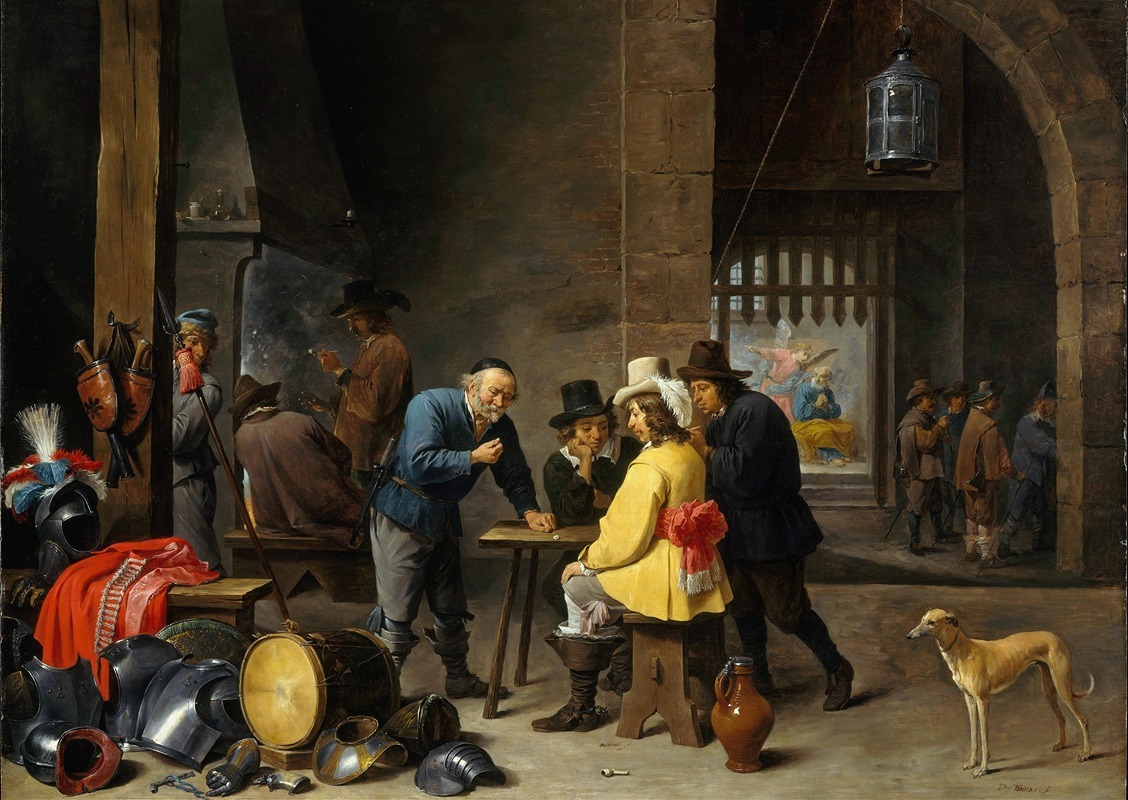
Guardroom with the Deliverance of Saint Peter
A hand-painted replica of David Teniers The Younger’s masterpiece Guardroom with the Deliverance of Saint Peter, meticulously crafted by professional artists to capture the true essence of the original. Each piece is created with museum-quality canvas and rare mineral pigments, carefully painted by experienced artists with delicate brushstrokes and rich, layered colors to perfectly recreate the texture of the original artwork. Unlike machine-printed reproductions, this hand-painted version brings the painting to life, infused with the artist’s emotions and skill in every stroke. Whether for personal collection or home decoration, it instantly elevates the artistic atmosphere of any space.
David Teniers the Younger was a prominent Flemish Baroque painter known for his genre scenes, landscapes, and depictions of peasant life. Among his diverse body of work is the painting "Guardroom with the Deliverance of Saint Peter." This painting is a notable example of Teniers' ability to blend religious themes with genre painting, a style that was particularly popular in the 17th century.
"Guardroom with the Deliverance of Saint Peter" illustrates the biblical story of Saint Peter's miraculous escape from prison, as recounted in the Acts of the Apostles (Acts 12:6-11). According to the narrative, Saint Peter was imprisoned by King Herod and was bound with chains, guarded by soldiers. An angel appeared, and Peter's chains fell off, allowing him to escape. Teniers captures this dramatic moment with his characteristic attention to detail and composition.
In the painting, Teniers places the scene within a guardroom, a setting he frequently used in his works. The guardroom is depicted with a high level of realism, showcasing Teniers' skill in rendering textures and materials. The soldiers are portrayed in various states of awareness, with some asleep and others engaged in conversation, oblivious to the miraculous event occurring in their midst. This juxtaposition of the mundane and the divine is a hallmark of Teniers' style, as he often infused everyday scenes with elements of the extraordinary.
Teniers' use of light and shadow is particularly effective in this painting. The angel, a central figure in the composition, is bathed in a soft, ethereal light, drawing the viewer's attention to the divine intervention taking place. This use of chiaroscuro not only highlights the angel but also creates a sense of depth and dimension within the guardroom. The contrast between the illuminated angel and the dimly lit surroundings emphasizes the miraculous nature of Saint Peter's deliverance.
The painting also reflects Teniers' interest in the human condition and his ability to capture the nuances of human expression. The soldiers, despite being secondary characters in the biblical story, are given individual personalities and expressions, ranging from surprise to indifference. This attention to detail adds a layer of complexity to the painting, inviting viewers to engage with the narrative on multiple levels.
"Guardroom with the Deliverance of Saint Peter" is an example of Teniers' ability to merge religious themes with genre painting, creating works that are both spiritually resonant and grounded in everyday life. His skillful use of composition, light, and detail allows him to convey the drama of the biblical story while also providing a glimpse into the world of 17th-century Flanders.
David Teniers the Younger's work, including this painting, was highly regarded during his lifetime, and he enjoyed the patronage of notable figures such as Archduke Leopold Wilhelm of Austria. His paintings were sought after by collectors and continue to be appreciated for their technical mastery and narrative depth. "Guardroom with the Deliverance of Saint Peter" stands as a testament to Teniers' artistic legacy and his contribution to the Baroque tradition.






